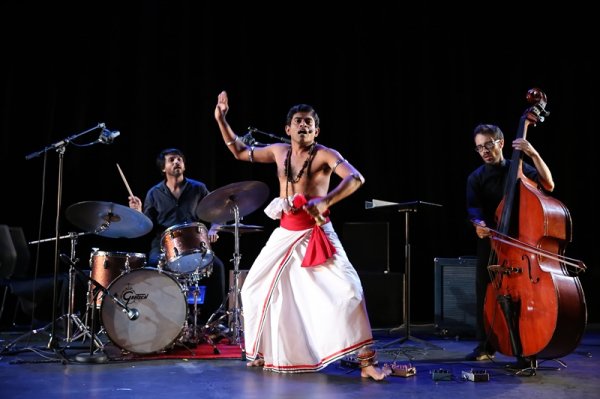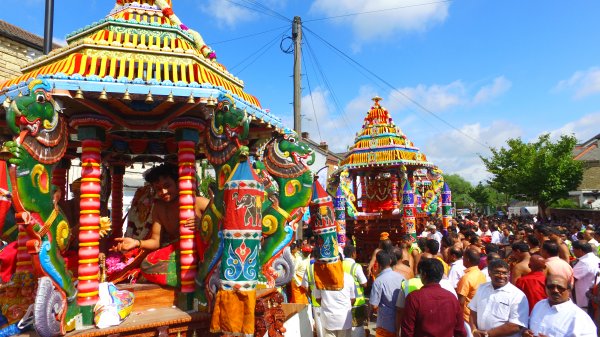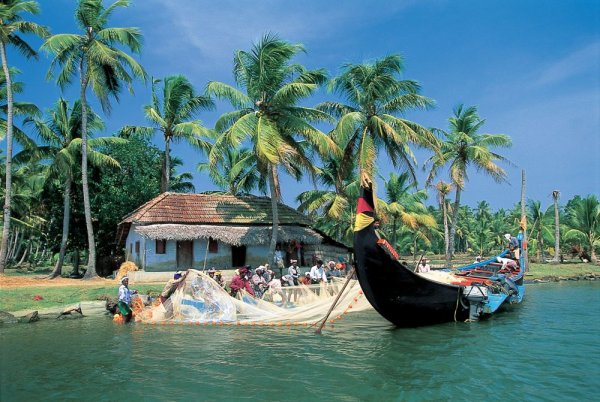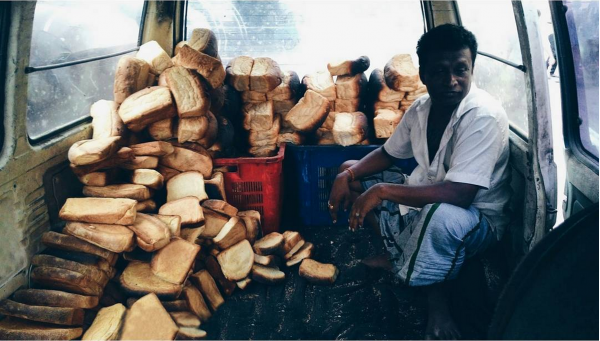
“Traveling – it leaves you speechless, then turns you into a storyteller.” – Ibn Battuta, The Travels of Ibn Battuta
Sri Lanka, not only due to its strategic position in the Indian Ocean, as it has been heavily inculcated in us, has been visited by a large spectrum of people. We’ve had colonisers, from exiled princes to the pillaging British, as well as artists, writers, poets, filmmakers, and travellers.
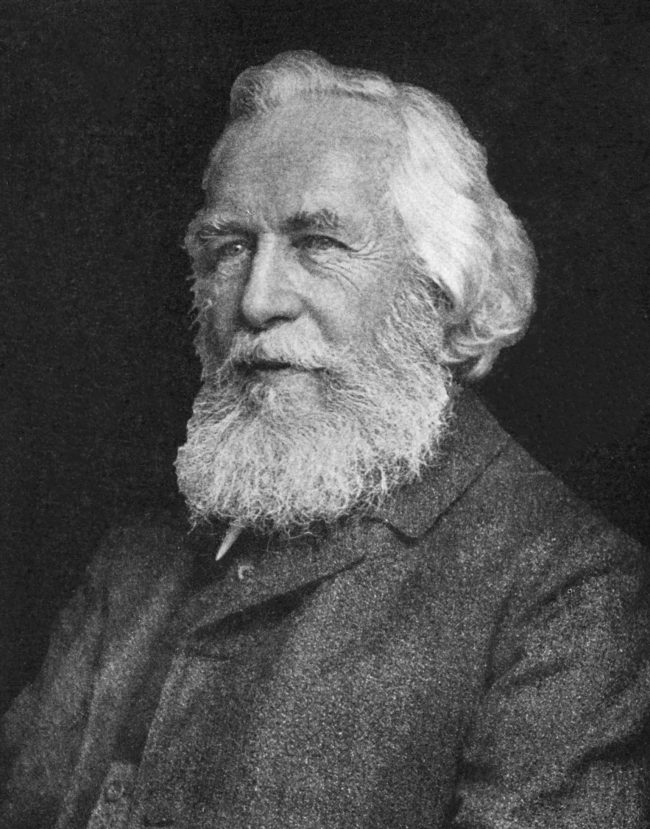
Ernst Haeckel, naturalist, biologist, physician, and painter, visited Ceylon in 1881. Image courtesy wikipedia.org
Ernst Haeckel, a naturalist, biologist, physician, and painter, visited Sri Lanka, then Ceylon, in 1881 for a few months, and recalls his experience in Sri Lanka in his book, A Visit to Ceylon. Haeckel collected numerous samples of the flora and fauna and, according to his book, regularly painted, during his visit. While his style of writing is not as anthropological as Knox’s account of Ceylon, it is indeed refreshing to read about a Ceylon that predates the plague of mass industrialisation. Haeckel’s Ceylon still has the feeling of an idyllic tropical paradise with elements of fantastic mystery:
“The ridge is almost entirely clothed with screw pines of such fantastic forms and grotesque growth as to be like nothing but the wildest dreams of Gustave Dore. Their twining stems are tangled like gigantic snakes, and supported on long, thin, stilt-like roots; above, they branch like candelabra, lifting their boughs to heaven like threatening arms, while at the end of each grows a spiral sheaf of leaves. At the full moon this ghost-like company, with their black and mazy shadows, are in fact a weird sight, and it is not surprising that nothing will induce the superstitious Cingalese ever to venture among them at night. Indeed, I must confess that I myself, in spite of a double-barreled gun and revolver, had an uncanny shudder when I climbed up to this witches’ grove of screw pines one night between ten and eleven, quite alone…”
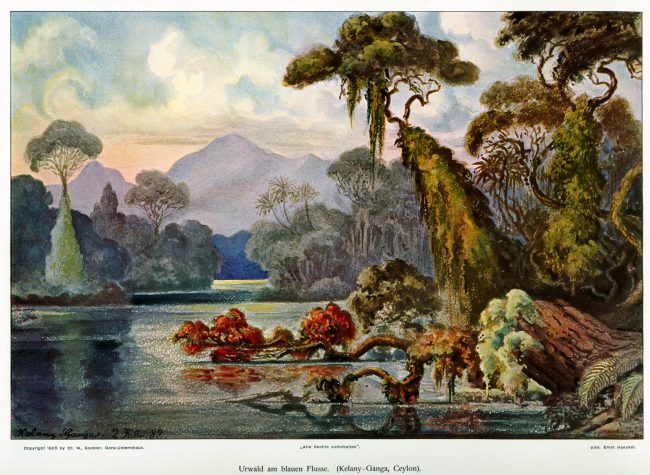
A print from Ernst Haeckel’s 1905 Wanderbilder (Travel Pictures). This is a chromolithograph by W. Koehler, after Haeckel’s 1882 painting, depicting a jungle scene on the Kelani River in Ceylon. Image courtesy commons.wikimedia.org
This volume is filled with Haeckel’s love for the Sri Lankan landscape, humorous observations of food, recollections of events in which he presided as the local celebrity in villages, conversation with locals which he both enjoyed and detested, and even a funeral of a bhikkhu of which he had the fortune of attending. It is almost time capsule-like in the way it has preserved the etiquette, traditions, and preferences of the locals amongst its pages; his wanderings and observations at the Royal Botanical Gardens in Peradeniya, Hakgala Gardens, and Horton Plains will interest anyone who is even mildly curious about botany.
Another relatively unknown book on Sri Lankan history, Ceylon History in Stone, by Rowland Raven-Hart, is a combination of the history of Sri Lanka and a travelogue of the author. Irish by birth, a soldier by “profession”, and Buddhist by choice, Major Raven-Hart lived in Sri Lanka for 16 years and travelled extensively throughout the country, mostly by foot. He has canoed up and down all the rivers of Ireland and most major rivers in the world, including the Mississippi, the Nile, and the Irrawaddy, and has written eight volumes on his canoeing experiences alone. His book Where the Buddha Trod, which is very similar in style to Ceylon History in Stone, serves as a very good introduction to Buddhism.
In Ceylon History in Stone, Raven-Hart works his way through the various kingdoms geographically and recalls the events that occurred in each particular place, not chronologically, like the history books in school that we were forced to read and made our eyes droop, but rather like a montage. He combines mythology, accounts from rare journals from the countless hours he spent pouring over at the Department of National Archives, opinions of his own, travel tips such as which buses to take and from where, and stories and legends that are transmitted orally that this writer had never heard of before. A personal favourite legend that he narrates, regarding the animal rocks at Kurunegala, follows:
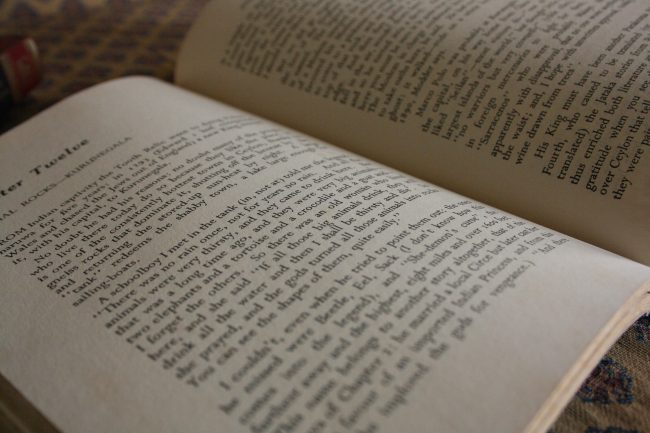
From Raven-Hart’s Ceylon History in Stone. Image courtesy writer.
“A schoolboy I met in the tank (in, not at) told me the legend: ‘There was no rain once, not for years no rain. And all the animals were very thirsty, and they came to drink here. But that was a long time ago, and they were very big animals-two elephants and a tortoise and a crocodile and a goat and-I forget the others. So there was an old woman who lived here, and she said ‘If all those big animals drink, they will drink all the water and then I shall be thirsty and die’. So she prayed, and the gods turned those animals into rocks. You can see the shapes of them quite easily.”
Raven-Hart’s appreciation for Sri Lankan art, architecture – even the materials used in each discipline, whether it is wood or stone – music, and poetry shows his comprehensive interest in the arts and his calibre as a renaissance man. He even understood the intricacies of Sri Lankan politics!
“…such notice-boards would be valuable at a cost of a few hundred rupees but that would be a few hundred rupees not diverted into someone’s private pockets, so it just never got done.”
Like Haeckel, Raven-Hart had a deep appreciation for flora and fauna and, wherever possible, he provides the Latin names of most birds, butterflies, trees, or even ferns. Unlike Haeckel, he doesn’t talk about them with a surgical coldness but rather incorporates them into his narrative.
“A butterfly accompanied me down over the “whale’s back”, dark bronze like the sun-glowing Sinhalese skin, with fold embroidery, on the wings a Black Raja, I think (Charaxas solan if you prefer). Maybe it was the King for a day returning thus to visit his brief glories.”
“Many vague ruins surround the Hall: a very tame Whitebreasted Kingfisher sat on a dead branch among them, its blue back more brilliant that the sky, trilling meditatively like a shrill toned alarm-clock running down.”
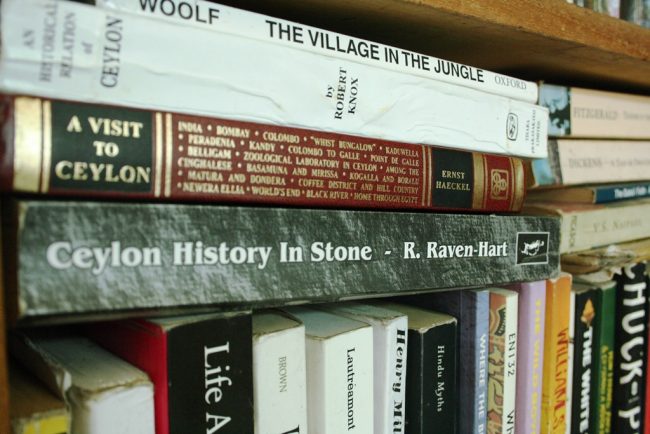
Books that offer us perspectives of a Sri Lanka long before our time. Image courtesy writer
The two books provide us with an utterly fascinating glimpse of a country that we no longer can regress to, and can give us an interesting perspective as to where we are now. Both A Visit to Ceylon and Ceylon History in Stone are available (though not readily) at the Lakehouse Bookshop in Slave Island.
Featured image: Ernst Haeckel’s Buddha Temple in Billahus-Oya, Ceylon. Image courtesy www.zum.de





